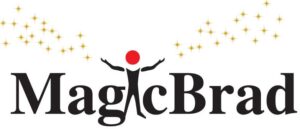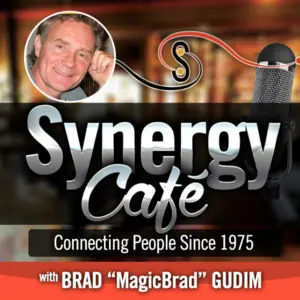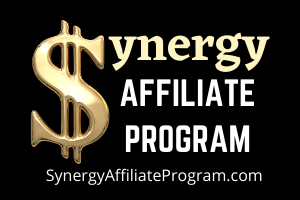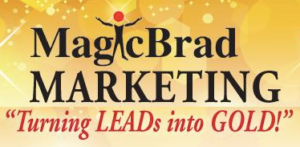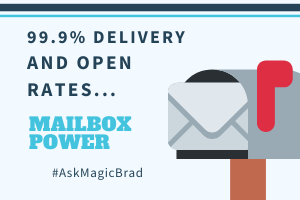You may have considered Real Estate Investing for passive income.
Real Estate Investing is NOT as easy as the gurus will tell you!
In this SynergyCafe interview, I talked with David Minor of VESADO. David currently lives in Florida, however was a resident here in my home town of Minneapolis, MN.
Just a side note, I think it is really cool that we can connect via the internet. However we did run into some audio challenges with Davids internet connection. I/we apologize.
WATCH VIDEO – CLICK HERE
Investing in Real Estate can be very lucrative, however it can also be very risky if you are not very experienced and know all of the details and specifics. You also need to stay current on the laws and regulations in the Real Estate Industry.
Personally, I like the “make money online” model. I like to refer to internet properties (webpages, blogs, social media accounts etc( as “Internet Real Estate”. You can actually create a nice retirement “nest egg” from marketing and promoting other peoples products and services. This way you do not have the risk of owning inventory, yet you can earn very significant commissions. As high as 90% commissions.
If you have any questions of would like clarification, please connect with me.
Event-Fully yours,
BRAD “MagicBrad” GUDIM
www.MagicBradPresents.com

